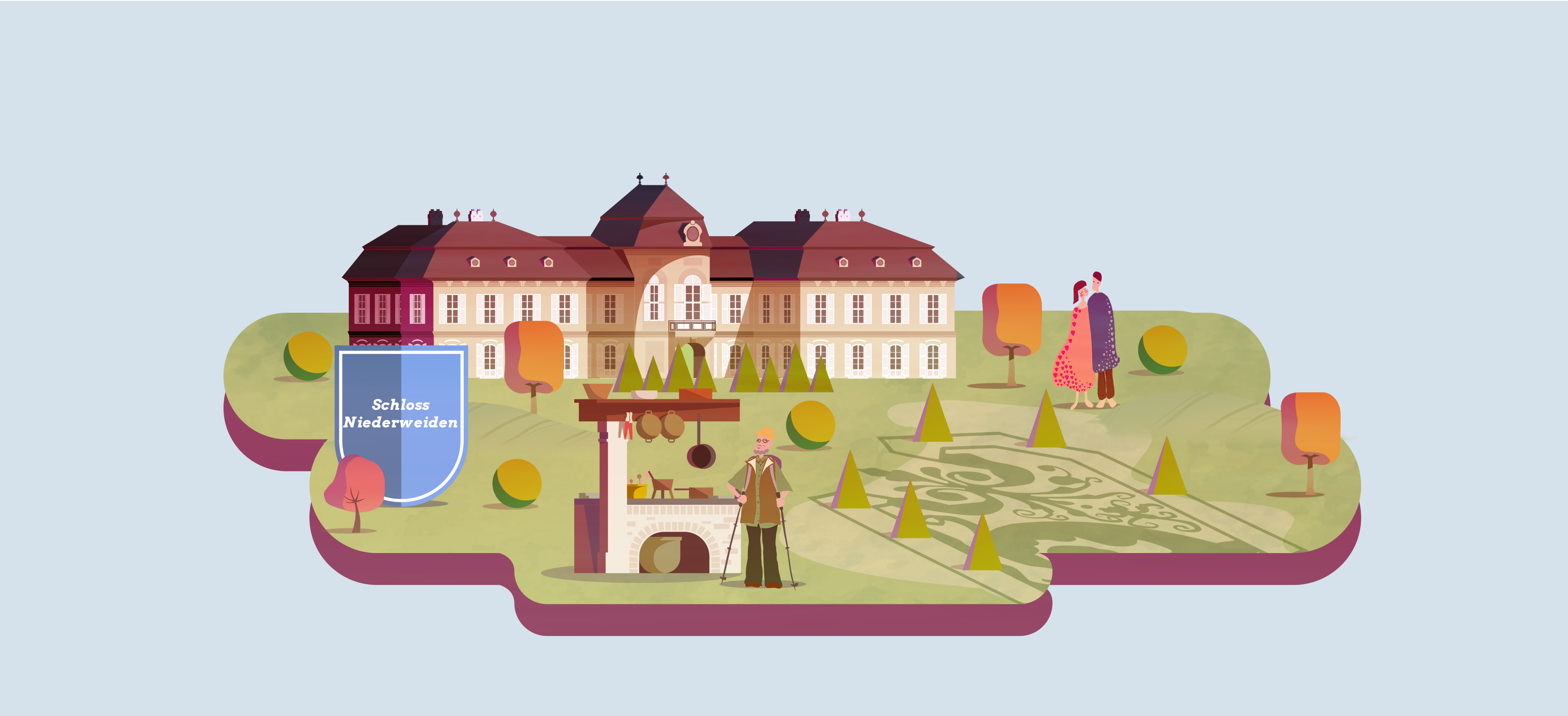
The joy of
country living at
Schloss Niederweiden
When the air got too thick in Vienna, the nobility would travel to the countryside to get some fresh air. To Schloss Niederweiden, for example. In the intimate hunting lodge, guests were treated to culinary delights: the savoury delicacies came from the game kitchen, where you can still dine in imperial style today.
Artful: The Pavillon Chinois
Schloss Niederweiden has been given many nicknames over the years. It was known as the Rococo Jewel or Porcelain Palace, but also as the Pavillon Chinois. Because in 1765, ten years after purchasing it, Empress Maria Theresa had the palace extensively remodelled. She had some of the living rooms decorated in the very modern Chinese style of the time, with Chinese paper tapestries and illusionistic Far Eastern murals.
You can still get an impression of this in the ballroom today: imaginative trees and flowers grow up the walls and into the dome. Chinese musicians sit in four large wall panels. The idyllic landscape paintings and large windows give the room the airy feel of a garden pavilion. The Chinese paper tapestries are now lost, but the paintings have been reconstructed.
Baroque and sumptuous: dining culture
The authentically furnished game kitchen is unique in Europe. The original Baroque stoves are still in use today, and there is room for up to 30 diners in a rustic setting. Like the large main kitchen and the baking kitchen, the roasting kitchen with its large spit hangers is designed in a style typical of the period: as a smoking kitchen with large chimneys. The main kitchen includes two open table-top stoves, a pot cooker and an oven.
Open fires were lit on table-top stoves, and pots were placed directly in the embers or on iron racks. The pot cooker allowed pots to be lowered into the open cooking surface and heated evenly.
The kitchen building was run like a modern canteen kitchen. The Baroque dishes were prepared simultaneously by several chefs at different cooking stations, and the finished dishes were then taken to the palace kitchen on the first floor, where they were prepared for serving. The building, now known as the game kitchen, is one of the few Baroque kitchens in Europe to have survived largely intact and is still used for events.
Tips
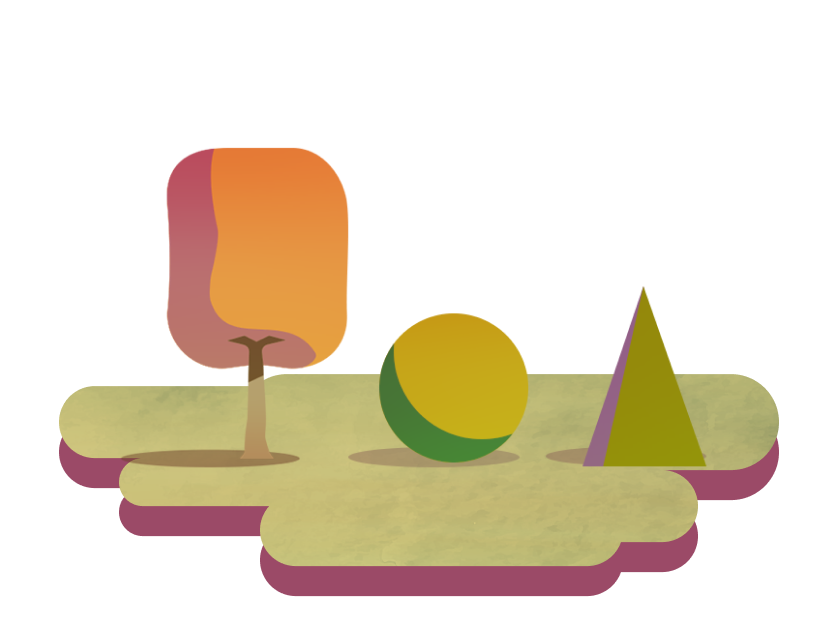
Palace garden
The extensive Baroque pleasure garden invites you to picnic and stroll, as Ernst Rüdiger, Count von Starhemberg or Prince Eugene of Savoy once did. Even the most restless soul will find peace here.
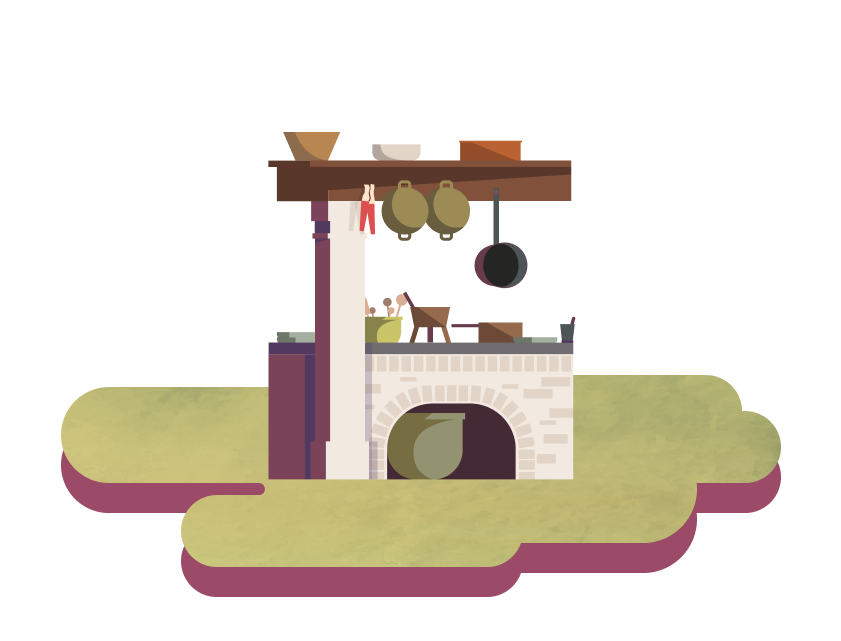
A kitchen like in the old days
The Baroque game kitchen, with its original furnishings, provides an authentic historical insight into a bygone era and life in the Baroque period. Admission is free!
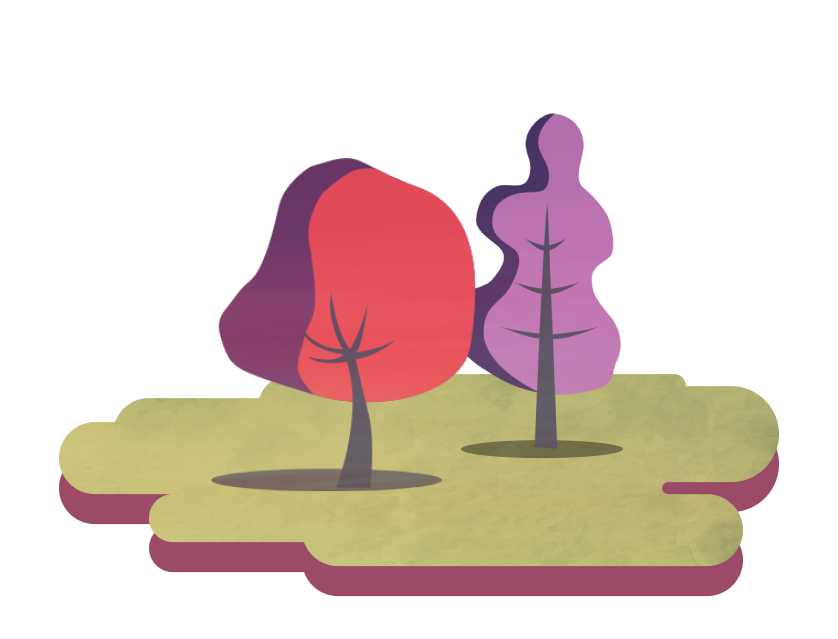
Nature on the doorstep
If you enjoy the gardens of the palace, you will also find a lush natural world just outside its gates. For example, the historic lime tree avenue is a wonderful place to cycle, and the Danube wetlands are just a stone's throw away.
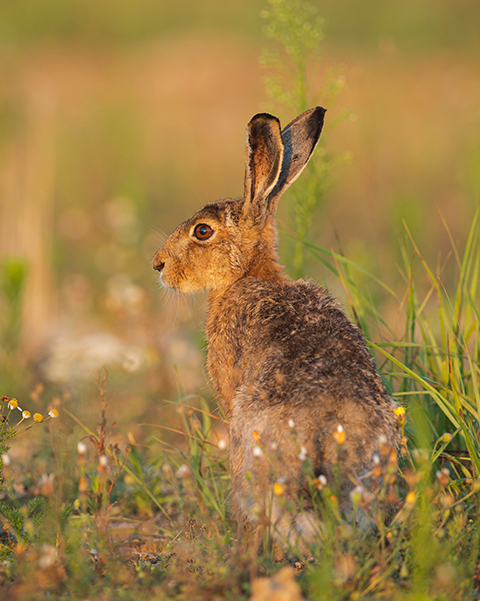
Do you know how hares run?
Over short distances, the brown hare can run 10 times faster than a human and jump up to 2 metres high with its powerful legs.

Did you know that the brown hare is a solitary animal?
Brown hares live alone and only meet other hares during the mating season from February to September.
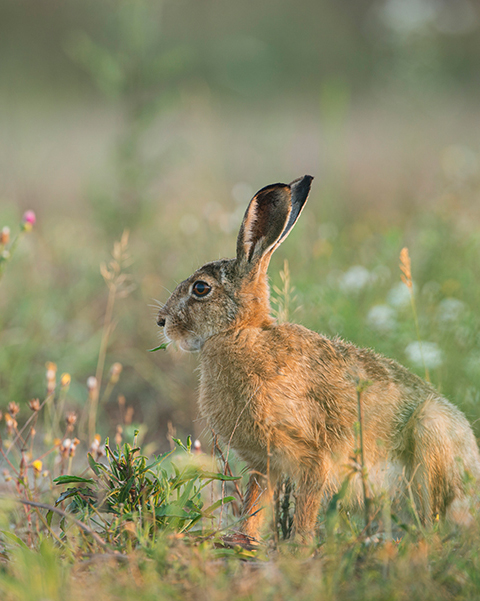
Do you know what a form is?
Hares are mostly active at night. They spend the day well camouflaged in their so-called "forms". These are shallow depressions between furrows, in tall grass or in hedges.

Did you know that a brown hare is far-sighted?
Hares can't see very well up close. But they can see all around. Their lateral eyes give them a field of vision of almost 360 degrees.

Do you know the hare's escape manoeuvre?
When a brown hare has to flee, it tries to escape its pursuers by suddenly changing direction. This is known as hooking.